Indian newspaper industry is still reeling under cost overruns: KRP Reddy
Sakshi Media Group celebrated its 10 anniversary last month. One of the leading media groups from Andhra Pradesh, Sakshi straddles mediums across print, television and digital. Launched in 2008, Sakshi’s aim has been to “challenge the monopoly of Telugu media”, as stated by YS Jagan Mohan Reddy, Founder of Sakshi.
Telugu daily Sakshi is the first regional newspaper designed by world-renowned newspaper designer, Mario Garcia. According to the Audit Bureau of Circulation’s figures released in December 2017, Sakshi is the second largest circulating newspaper in the states of Telangana and Andhra Pradesh after Eenadu, with a circulation figure of more than 1.09 million.
Sakshi began with 23 editions published simultaneously from 19 cities (in then Andhra Pradesh) along with the four metropolitan areas of Mumbai, Delhi, Chennai and Bangalore. This record was acknowledged by the Limca Book of Records. Sakshi was the second newspaper in India to publish all of its pages in colour. Sakshi is now available online every day with all of its city editions along with the main regional edition.
Along with the newspaper, the group also has a TV channel – Sakshi TV, which was established in 2009. The channel shows a mix of news across all genres along with political, current affairs and other programming.
Speaking at Goafest this year, KRP Reddy, Director – Advertising and Marketing, Sakshi Group, saw a fortification of print media in India with the rise and rise of regional media, which according to him, is now growing faster than English media. “Earlier, English press use to cover a larger share of the pie, but now more or less everything regional is playing a pivotal role,” he added. Reddy sees his Group’s efforts to result in 50 per cent penetration in the regional segment in the next five years.
In conversation with Adgully, KRP Reddy speaks at length about the growth journey of Sakshi, the challenges facing the print media industry in India, some shortfalls in the new IRS 2017 results and more. Excerpts:
How has this 10-year journey been?
Sakshi has had a dream journey ever since its launch on March 23, 2008. As you may be aware, Sakshi had stormed into the print media world with a launch that has been the most unprecedented entry for any newspaper in print media history in the world. And that record still stays intact and unbroken! That was a Good Friday back in 2008 when the daily was rolled out simultaneously from 23 different cities in India – 19 from United Andhra Pradesh then and 4 from the mega metro cities of Delhi, Bangalore, Chennai and Mumbai.
Prior to Sakshi’s entry into the market, the total readership numbers as of IRS 2008-Round 1, all Telugu dailies together had a net reach of 1.88 crore. And amidst this, the market leader in AP had enjoyed such unquestioned clear sway in the market that even the No. 2 and 3 Telugu dailies’ reach together couldn’t measure up to the market leader then. The gap between the No. 1 and 2 was that of 80.76 lakh readers.
A year later in 2009 R-2, when the full readership round for Sakshi was released, the newspaper industry sat up and took note in great awe that Sakshi’s entry had not only hugely expanded the Telugu dailies’ market from a stagnated point of 1.88 crore readers in IRS-2008 to 2.24 crore just in matter of months, and Sakshi in the process established itself with a debuting total readership numbers of 1.25 crore readers. That was an incredible debut readership number by any newspaper, a record that has stated intact.
Not just that, the gap between the No. 1 and 2 was also drastically cut down to a hand-shaking distance of just 21.45 lakh readers between us, with clear cut leads in many segments of demography and geography over the market leaders then.
Sakshi’s launch was exceptional in the sense that the ‘Product Sakshi’ was developed at the drawing board with inputs from its readers. In door-to-door field surveys throughout the state that lasted months, field surveyors reached out to the news reading populace to gauge what were the content needs and need gaps existed in the product that they have being reading all those years.
Beginning on Good Friday then and completing its decade on Chaitra Navarathri’s auspicious time this year, Sakshi has a wonderful 10 years’ run, establishing for itself a clear sail in the market. With a positioning of a strong No. 2 Telugu daily, it tries harder to keep its consumers – both readers and advertisers – immensely contented.
Could you mention some high and low points in the journey?
There have been only higher flights in the life of Sakshi in the decade gone by so far. In the decade, Sakshi has added its digital verticals which are also doing handsomely well.
It has been accepted not just by the fraternity but also by every demographic segment of the society. Sakshi’s endeavours in the field of education through its sub-brand, called Bhavitha, has created many landmarks. It has been so popular in the students’ community that today Sakshi has created many BTL activities around this sub-brand and an over-whelming number of students from all over Andhra Pradesh and Telangana participate in it.
Its Entertainment genre, too, is so hugely popular that the Telugu film industry has been keenly soliciting media partnership for film and new music releases in the two states.
Similarly, its most popular sub-brand, called ‘Family’, ‘Fun Day’ [the Sunday magazine in booklet form] all have huge readership demand, as readers keenly participate in its related BTL events.
The low points are same as those that are common to the newspaper industry. The rising cost of newsprint, ad budget getting squeezed all the time for print media and also frozen subscription costs.
The last 2 years have been quite tough for the print industry. How challenging has it been for Sakshi?
With the ad agencies’ tight squeeze on ad-space buying on account of lower ad budgets much through the last two years, our media organisation had to absorb much of the cost deficits in our expense sheets. This was primarily due to the fact that the advertising industry per se was reeling under the double impacts of demonetisation, followed in quick succession by the new GST regime. These two factors together have slowed down the pace of consumption and also advertising in India.
While the ad industry and the market sentiments have recovered in recent times, the newspaper industry is still reeling under cost overruns on account of overall rising input costs.
The cost of newsprint has spiralled. There were many external factors influencing the cost of international newsprint imports as the domestic supply was not been able to cope up with the industry’s standards and needs. The drop in supply of newsprint in international markets on account of lower sales of newspapers in those countries has also pushed up the cost of imported newsprint for us in India. This has raised yet another hurdle for Indian newspaper publishers already grappling with declining advertising and almost frozen subscription revenues.
It is not just the newsprint costs – which account for over 65 per cent of a newspaper’s overall cost – even wage bill, spiralling transportation cost on account of rising fuel cost, together with other input costs and overall inflation, all of these are the major worrying items on our expense sheets even today. And we don’t have any control over these. These too have been a cause of worry not just for us but for the overall industry.
To keep our bottomlines healthy, Sakshi has had to work harder on the ad-sales front. And in the years gone by, too, the daily has maintained a marginal growth in its ad revenues.
What is your take on the latest IRS 2017 report released earlier this year?
When MRUC released the IRS 2017 study, it made a very optimistic opening remark saying that there is a healthy growth of 11 crore readers for newspapers in India between 2014 and 2017. It sounded very pleasing then. For our Telugu market also the Council had pronounced a healthy growth of 19.51 per cent in the same period as the Telugu market has grown from 1.02 crore to 1.22 crore. However, these were ‘Read in last 1 month counts’.
As per ‘Read yesterday’ count, which is what the ad fraternity looks at for advertising, the study has projected a dismal scene with the base shown almost flat at the 2014 levels. While on the ground, the circulation of dailies were maintaining the usual pace, the newsprint consumption too was on the incline as before.
In our case, we were the only newspaper that had a variant. Our variant with the same masthead in colour, size and layout was meant for exclusive distribution in schools with under-15 children from urban regions of Andhra Pradesh and Telangana.
However, we discovered from the IRS 2017 to our horror that the variant’s readership is shown in rural regions too. As if that was not enough, the variant readers have most readers staked in the higher age segments than in under-15. Somehow our main variant counts too were accounted for in the Main, thereby our growth figures have not matched up with the ground realities.
To sum it up, this year’s study too is mired in many controversies. We earnestly hope that the Council addresses them so that the future studies continue unhindered.
Who have been your key advertisers?
Sakshi has a long list of advertisers, which includes all major national brands, the key among them for the year being HMSI, Voltas, Bosch, Lenovo, Colgate, HUL, Akash Institute, Jersy Curd, Air Asia, Ola Cabs, ITC Food, Joy Alukkas, Fitjee, Carrier Air-Conditioners, GSK, Honda Cars, LG, Marico, Skoda, Visa, Dell, Amazon, Mahindra, Sri Ram Chits, Hyundai, D’Mart, TVS Motors, Bajaj Electricals, Sundaram Home Finance, Toyota, Vivo Mobile, Coromandel Fertilizers, and Oppo Mobiles, to name just few. And as the local retail market is very robust, we have ads from this segment as well.
Going forward, what are the key focus areas for Sakshi?
We have our focus area clearly defined – to dwell more in our readers’ hearts and mind space. And for that we need to keep penetrating in newer households both in Andhra Pradesh and in Telangana to keep adding to our circulation and readership tally.
We currently don’t have plans to expand through launch of newer verticals. However, in order to augment our supply chains we may look at setting up a new printing facility at the emerging new capital of Amravathy, where we have a stronger presence.



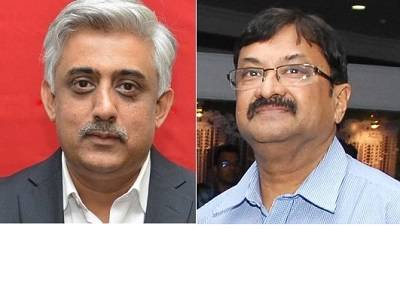

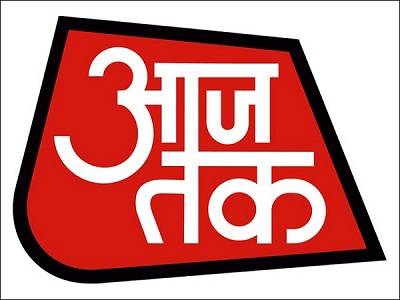



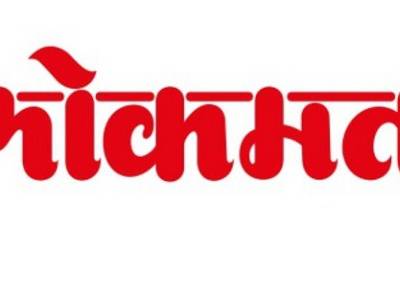
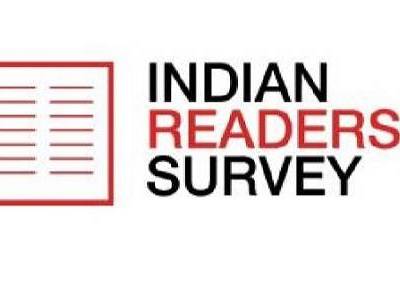

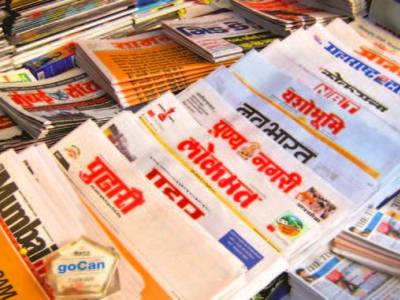
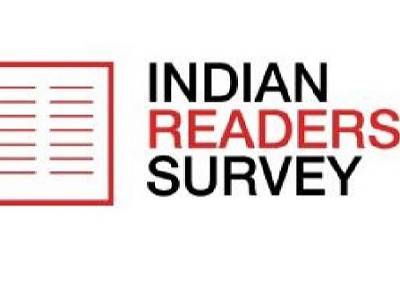

Share
Facebook
YouTube
Tweet
Twitter
LinkedIn